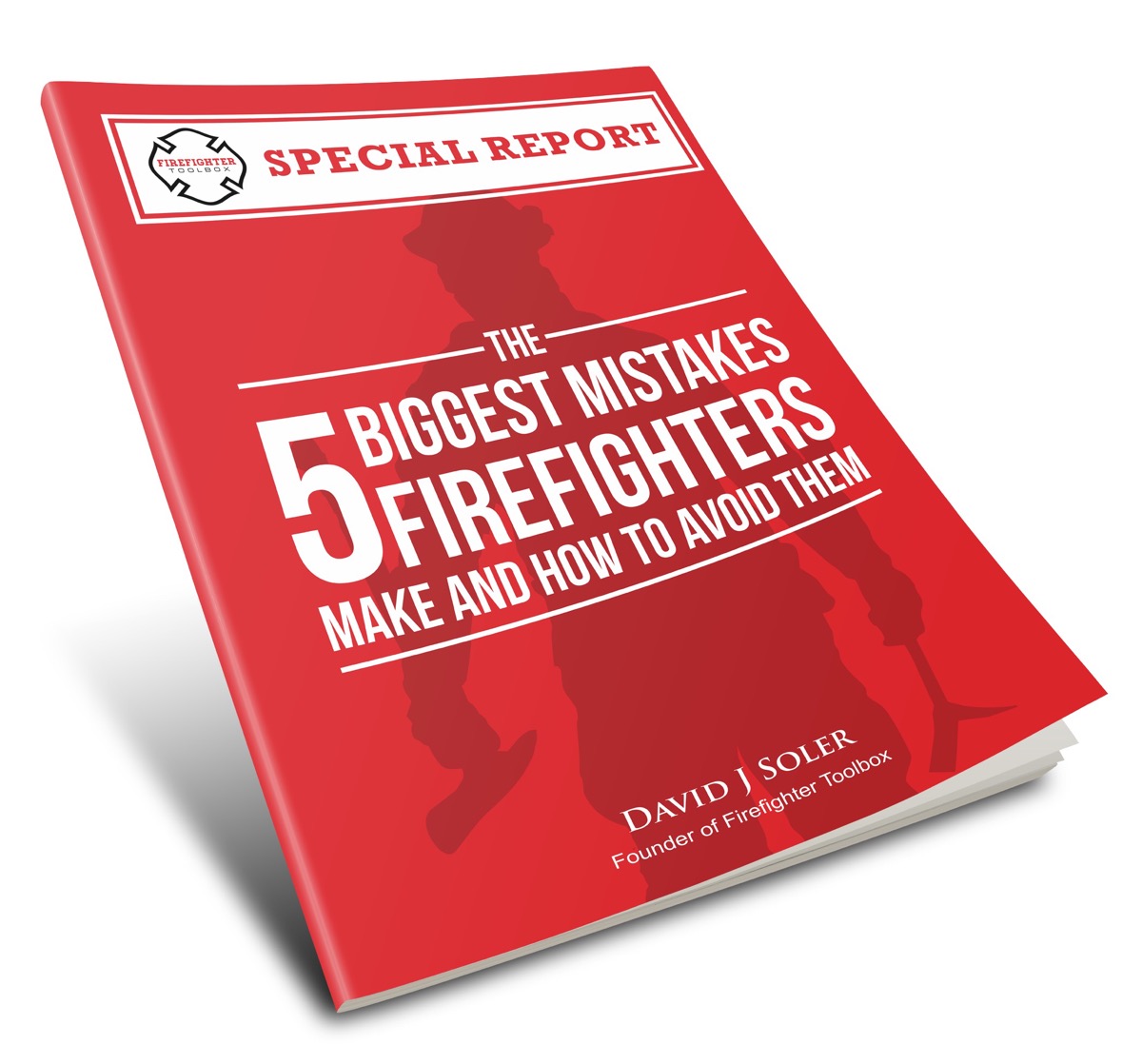The 3 R’s of the Engine Company – The Right Length [Part 2 of 3]
Last week I introduced you to the theory of the 3 R’s and we reviewed the first R the right line. Today I will discuss selecting and stretching the “right length”.
The Right Length
In order for us to reach the seat of the fire we must ensure that we have stretched our chosen handline to the correct length. We want to avoid the dreaded “short stretch” at all costs. It is also possible (although usually tends to be less problematic) to “over stretch” which could increase our chances of kinks. Many departments employ that same 200 foot 1 ¾” pre-connect on their apparatus and become accustomed to that as their “go to” line for most fires. This can lead to complacency, and complacency usually spells problems.
So how do we determine how much hose to stretch?
It is actually just a two step process, first we determine how much hose is needed to operate within the building and then how much hose do we need to make it to where we are stretching (commonly the front entrance of the building) from the rig.
The Structure
Determining how much hose is required to operate inside the building depends on the width, depth and stair configuration of the building.
A good general rule for estimation is one length per floor plus a length for the fire floor. In cases of very large buildings, you may need more than one length for the fire floor. One must include stairs going up or down in that estimation as well.
Example- if I have a basement fire in a single story private dwelling that is 30 feet deep and the stairs to the basement are in the rear of the building I will need a length for the first floor ,a length for the stairs and a length for the basement. A second floor fire in a typical two story high ranch however where the stairs are right inside the front door you can most likely get away with a length for the stairs and a length for the fire floor.

The right length of the hose is chosen based on several criteria. Knowing your district will help make this selection easier when time comes to deploy lines.
Trailer Fire; Bel Air, Maryland
Photo Courtesy: John Gallagher, Firefightertoolbox.com
From the Rig
The second step is to estimate how many lengths it will be from the rig to the front entrance of the building. This is under the premise that the rig is stopping at or near the front of the fire building. Another technique we may employ is when the engine stops in front of the fire building and members initiate the stretch and then the engine proceeds to the hydrant. When this takes place members must pull enough lengths to cover the building and get to the front entrance and let the engine play out the remaining hose on the way to the hydrant.
It is also worth noting that if more than three hundred feet of inch and three quarter hose is required the stretch should be augmented with two and half inch line. We should not try to supply more than three hundred feet of 1 ¾” as fire flows will be drastically reduced due to friction loss.
This is a great company drill and can be practiced on automatic alarms, while out in your response area doing preplanning, or sitting around the dinner table at the firehouse.
Next week I will wrap up this series discussing stretching to the “right place.”












This was a great and informative article! I hadn’t been taught the estimated hose stretch that way before I will definitely use that n share it:)
Thank you for the kind words Aimee, if you have any further questions or comments please don’t hesitate. Stay safe.